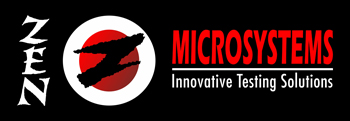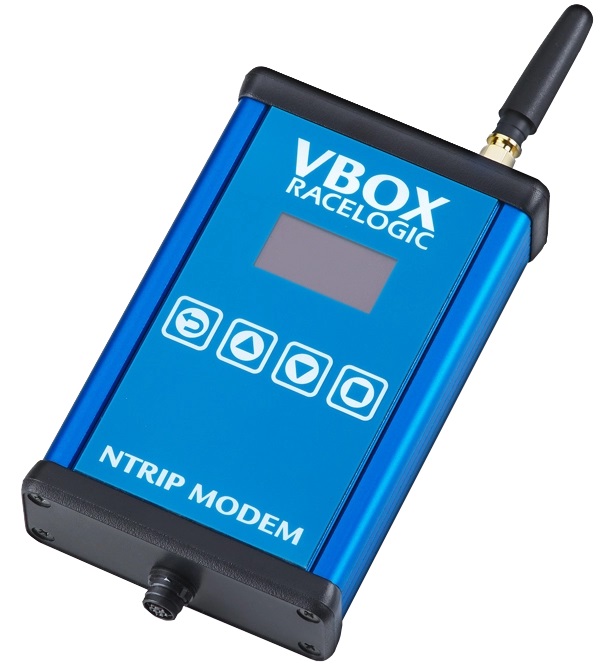The VBOX NTRIP Modem allows you to receive RTK correction data via Internet, without having to operate your own RTK base station.
- Centimetre-level position accuracy
- Access public or commercial RTK Networks via the internet
- Wi-Fi access point for configuration via a simple HTML interface
- Integrated OLED screen for status and connection information
- No radio interference or limitation on communication range





